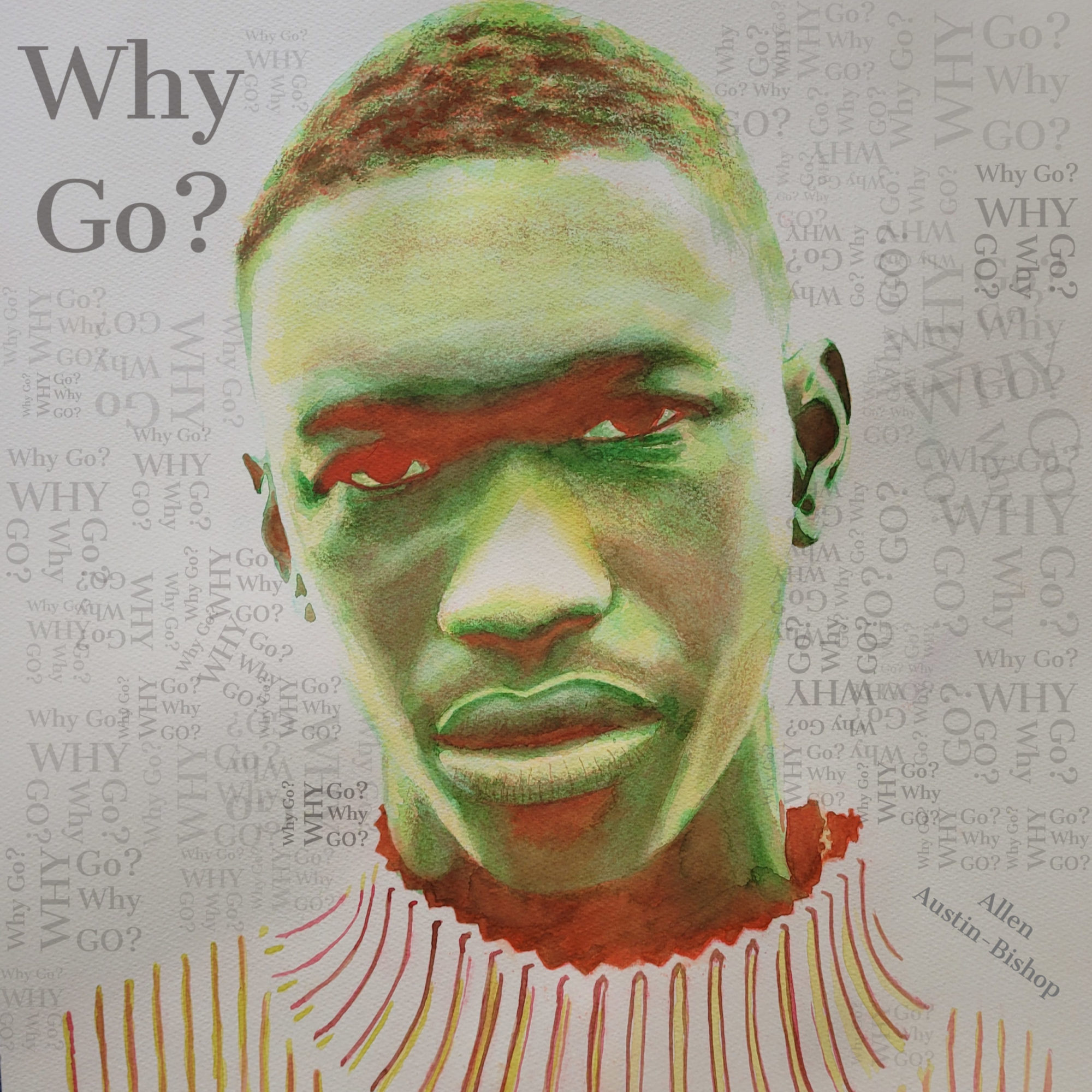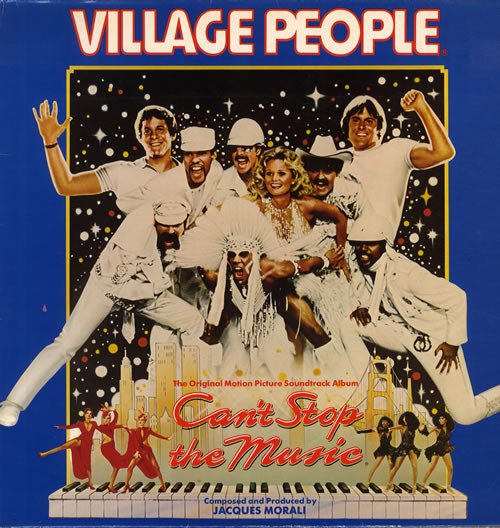 I must admit, when listening to a story, I’m one of those people whose attention span and patience can be somewhat lacking. Unknowingly, my facial expressions and trademark head-nod, make it clear that I’ve stopped listening and am thinking about my evening meal, or if the Jeremy Corbin will last as the Leader.
I must admit, when listening to a story, I’m one of those people whose attention span and patience can be somewhat lacking. Unknowingly, my facial expressions and trademark head-nod, make it clear that I’ve stopped listening and am thinking about my evening meal, or if the Jeremy Corbin will last as the Leader.
That said, I think it’s appropriate that I use my second blog post to allow me, to help you, to help yourself to tell funnier stories.
BREVITY IS THE SOUL OF WIT – William Shakespeare
Shakespeare said it, now I’m saying it – keep it simple. Most people that tell and write stories, especially ones that are meant to be funny, tell them very badly. They either give too much information, too little action, or – sins of all sins – both. So the first thing to remember is to keep it simple. I find it amazing how a child will laugh over and over again at the ‘pull my finger’ joke. Why? Not only because they are children and any opportunity to openly laugh at a toot joke won’t be missed, but because you don’t have to explain the joke. ‘Take my wife. Please!’ is another example. I know those jokes are a bit dated for most of you (or even not funny for some), but the point I’m making is that these jokes don’t overload the listener with irrelevant information. Whatever you write must be relevant to the plot. If it is relevant, determine if it will help the audience better understand the characters or situation. If it does, then determine if its inclusion is going to make the story / situation / character funny. If not, I think you know what you need to do – ditch the bitch.
WRITE TO BE UNDERSTOOD, SPEAK TO BE HEARD, READ TO GROW – Lawrence Clark Powell
Some time ago, a colleague asked me to look at his comedy based script, as he was struggling to get it to work (i.e. to make it funny). After suggesting that he strip out all the unnecessary information that wasn’t relevant to the story, situation or character, he started to see his idea – which indeed, was very funny – come to life. However, after re-reading the script I still felt a couple of things weren’t right. The script read as if he was solely writing for the lead-up to the numerous punch-lines or gags. While that technique works for stand-up comedy, for script writing, it can make the script plot too obvious and in most cases, clichéd – which is dangerous when writing comedy. To get around this issue, my next suggestion was for him to get some friends (preferably actors) around to his place and read his script out loud. This would afford him the opportunity to check he had written the script with the necessary pace and energy. In addition, hearing his work being read by others would safeguard him against the mistake that writers so often make – having the characters speak only in the writer’s voice, rather than in the character’s voice.
After following my last suggestion, I received the re-written script last week. On the last reading, I’m happy to say, I was in stitches the whole time.
IF YOU CAN’T ANNOY SOMEBODY, THERE’S LITTLE POINT IN WRITING – Kingsley Amis
Art imitates life. Storytelling imitates life. Living is all about conflict. Storytelling is all about conflict. Without conflict, life would be boring. Comedy writing is storytelling, therefore comedy without conflict is just darn right un-comedic .
Once you’ve guaranteed that you’ve only written what is relevant to the plot, and you’ve given each of the characters their own voice, your next task is to make sure there is conflict. To carry-off a longer comedy script, you’ll need several conflict situations in the story. A simple example is boy meets girl, boy gets girl, boy loses girl, boy gets girl. Romeo and Juliet is a prime case in point of how this works.
Shakespeare presents conflict after conflict as to why these two should not be together – he’s Jewish, she Catholic; he has turrets, she’s the town bike; he’s a little bit country, she’s a little bit rock-n-roll. Ok, maybe this isn’t the exact plot of the play, and while Shakespeare didn’t write Romeo and Juliet as a comedy, he did have all the ingredients to do so.
That brings me on to another point about conflict – turn that sad conflict story into a funny conflict story. For example, chaos ensues at a family funeral when a man tries to expose a dark secret (‘Death at a Funeral’ – both the English version and the American re-make). Or, chaos ensues after the USA’s recently elected first female president from Alaska announces, after walking-in on her husband pleasuring himself in the family toilet, that masturbation is a form of adultery and successfully brings in laws to ban it (tragic, yet funny).
Regardless which conflicts you choose, remember – keep it simple.
IF YOU COPY FROM ONE AUTHOR, IT’S PLAGIARISM. IF YOU COPY FROM TWO, IT’S RESEARCH
To learn the craft of writing comedy, you have to be prepared to research, research, research. There is a whole range of television sitcoms and films that will allow you to turn on, tune in, and drop out. You should be watching as many of these as possible. And not just current sitcoms or recent films. A lot of the older productions are just as funny (if not funnier) than their current counterparts. Indeed, you’ll find many of them have been remade to fit current fashions (The Longest Yard, The Nutty Professor, Father of the Bride, The Preacher’s Wife, Dirty Rotten Scoundrels, The Lady Killers, etc).
Don’t forget your drama film / programmes. Sad conflict stories can make for excellent comedy conflict stories. Indeed, in watching drama films or programmes you’ll learn how to tell a good story with sound dialogue, strong characters, and of course, excellent conflict situations.
IT’S NOT ME, IT’S YOU
You now have enough information to aid you in keeping me and your audience riveted in your storytelling. So next time you’re telling me a story and I break into my head-nod, it will be a case where I can honestly say, “It’s not me, it’s you’.
 My last breath will be poetic justice,
My last breath will be poetic justice,
 Have you noticed with some films, no matter how uninterested you are in the story or the characters, if it has the right music, and a good soundtrack, you will be humming the tune in the shower, pub, or, God forbid, at the local Karaoke pit-stop? Take for instance, The Wizard of Oz and The Rocky Horror Picture Show. Officially, these two films were box office bombs and didn’t make money until well after they left the theatres. Yet ‘Over the Rainbow’ and the ‘Time-Warp’ have etched their way into the history of ‘classic’ songs.
Have you noticed with some films, no matter how uninterested you are in the story or the characters, if it has the right music, and a good soundtrack, you will be humming the tune in the shower, pub, or, God forbid, at the local Karaoke pit-stop? Take for instance, The Wizard of Oz and The Rocky Horror Picture Show. Officially, these two films were box office bombs and didn’t make money until well after they left the theatres. Yet ‘Over the Rainbow’ and the ‘Time-Warp’ have etched their way into the history of ‘classic’ songs. TO TRAIN OR NOT TO TRAIN? THAT IS THE QUESTION
TO TRAIN OR NOT TO TRAIN? THAT IS THE QUESTION Every time I watched Fame and heard Debbie Allen encouragingly tell her pupils, week after week, “You want fame? Well, fame costs. And right here is where you start paying … in sweat.” My first thought was – mind your friggin’ business! a) I don’t want fame, and b) only the morbidly obese sweat.’
Every time I watched Fame and heard Debbie Allen encouragingly tell her pupils, week after week, “You want fame? Well, fame costs. And right here is where you start paying … in sweat.” My first thought was – mind your friggin’ business! a) I don’t want fame, and b) only the morbidly obese sweat.’